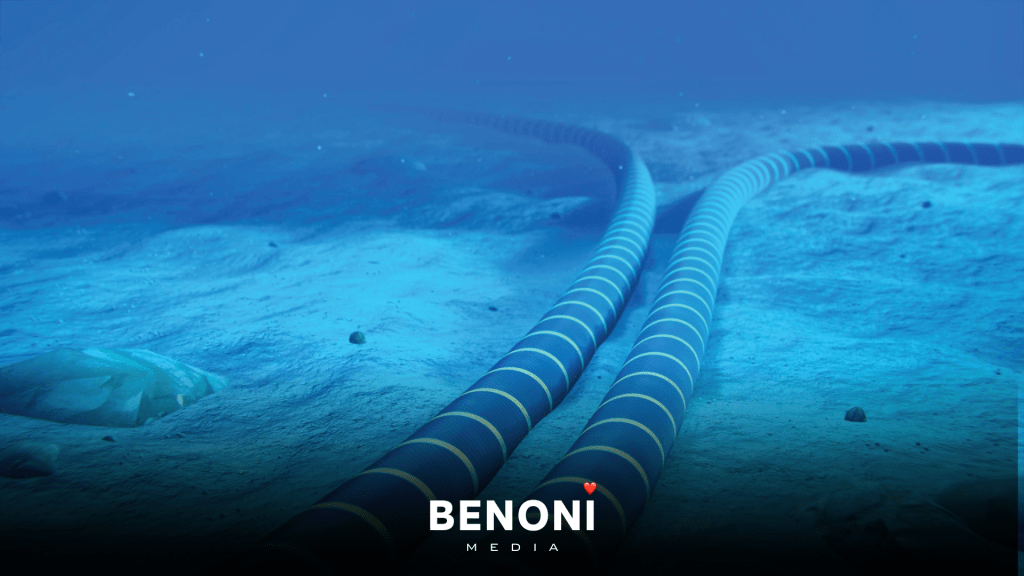Critical Undersea Cables Break, Causing Internet Disruptions in South Africa
In a concerning turn of events for South Africa’s internet infrastructure, two essential undersea communication cables experienced breaks on the same day, leading to disruptions in internet connectivity. The West Africa Cable System (WACS) and the South Atlantic Telecommunications Cable number three (SAT-3) suffered damages on August 6th due to a rockfall in the Congo Canyon.
The Impact and Efforts to Restore Connectivity
As a result of these cable breaks, internet users may encounter slow-loading websites or complete unavailability. Openserve, a major network operator, confirmed the cable break and reported that a consortium of partners is working diligently to restore these crucial communication lines. While these undersea fiber optic cables are mostly hidden from public view, they play a vital role in facilitating high-speed telecommunications across the globe.
Challenges and Responses from Industry Players
The disruptions have prompted various responses from network operators. David Belson, Head of Data Insight at Cloudflare, a significant player in internet services, noted the severe degradation caused by the cable cuts. Johannesburg experienced network performance issues as a result of increased traffic due to the capacity crunch caused by the cuts. Vodacom, a major telecommunications provider, acknowledged that some disruption in traffic flows was anticipated due to the unplanned removal of key cable routes.
Businesses in Benoni have Also Been Affected
Local Business Owner, Renier Weideman, said that his company RBoT Media can already see the effects. “We noticed the internet speed slowing down more than a week ago. Of course we didn’t know what the issue was at the time. It’s not something we can control and our work must go on, we’ll continue to serve our clients to the best of our ability, it just means putting in a little extra time and effort on our side.”
Mitigation Measures and Alternatives
Network providers like Vodacom have taken proactive steps to manage the impact of the cable breaks. These measures include implementing additional capacity on unaffected undersea cable routes and traffic engineering to alleviate potential bottlenecks. However, Cloudflare cautioned that websites hosted in the US or Europe might still be sluggish or non-functional in South Africa due to reduced international capacity.
The Repair Process and the Léon Thévenin
The repair process faces challenges due to the location of the Léon Thévenin, the only authorized underwater cable-laying ship for sub-Saharan Africa, being over 8,000 kilometers away from the damaged site. This ship is currently engaged in another marine repair off the coast of Kenya. The snapped cables, located off the coast of the Democratic Republic of the Congo, require an extensive journey around the continent for repair efforts to commence.
Anticipating Future Challenges
The incident highlights the vulnerability of undersea cables, which are critical to global connectivity. The growing number of cables around Africa underscores the need for adequate repair infrastructure and maintenance expertise. Currently, the lack of available repair ships, expertise shortages, and complex legal arrangements contribute to the challenge of addressing cable breaks promptly.
Hopes for Restoration and Lessons for the Future
While repair efforts are ongoing and cable providers like Vodacom anticipate recovery by early September, the incident serves as a reminder of the reliance on undersea cables for modern communication. It also calls attention to the need for improved preparedness to deal with such incidents, ensuring smoother restoration processes and minimizing the impact on users.
